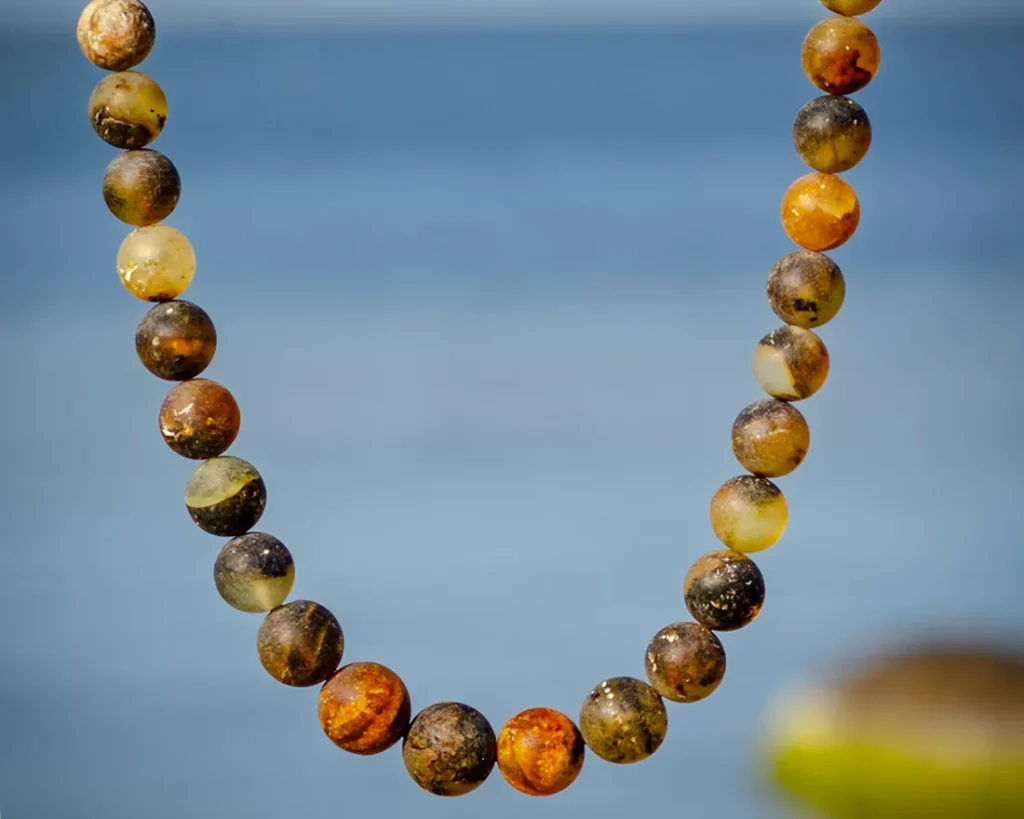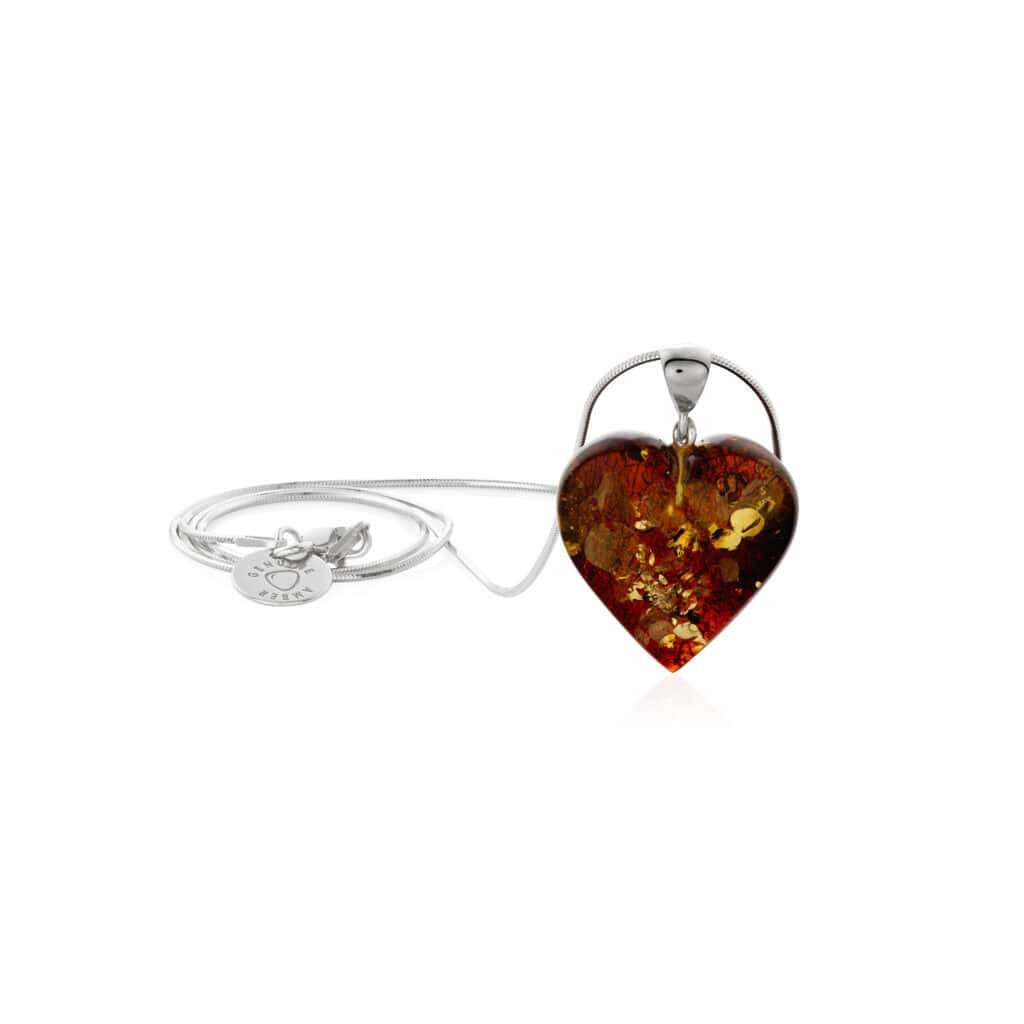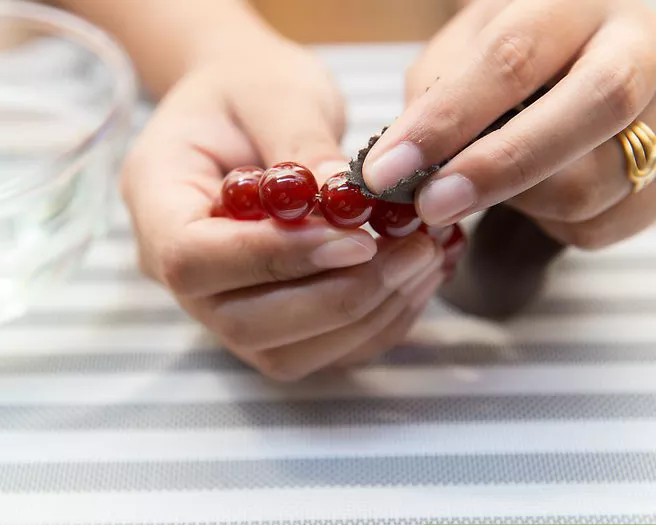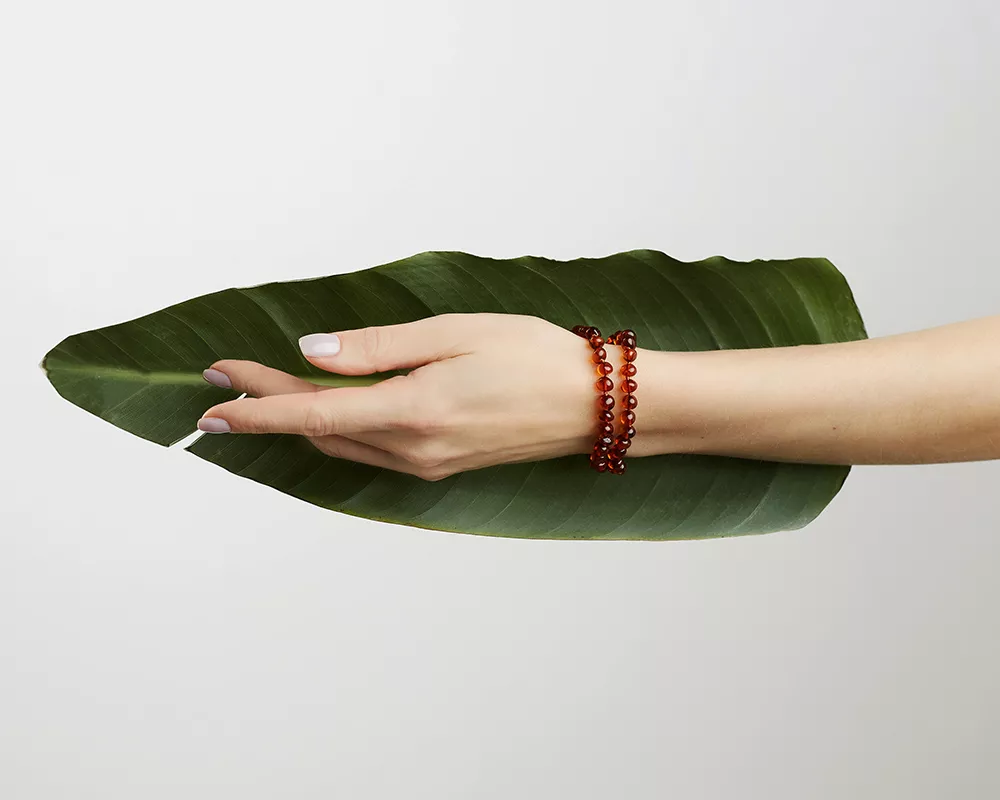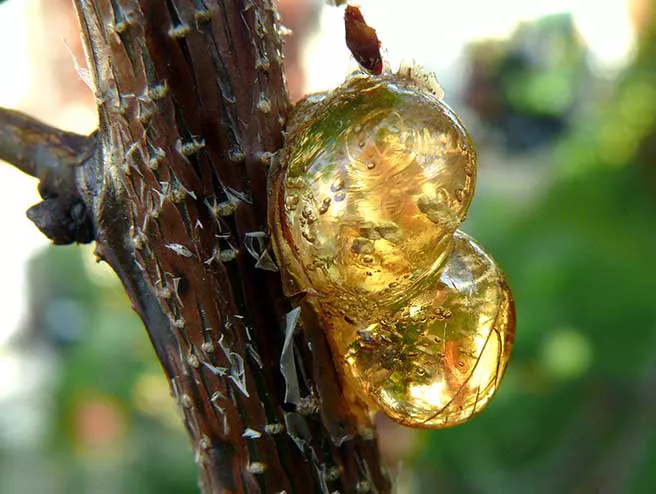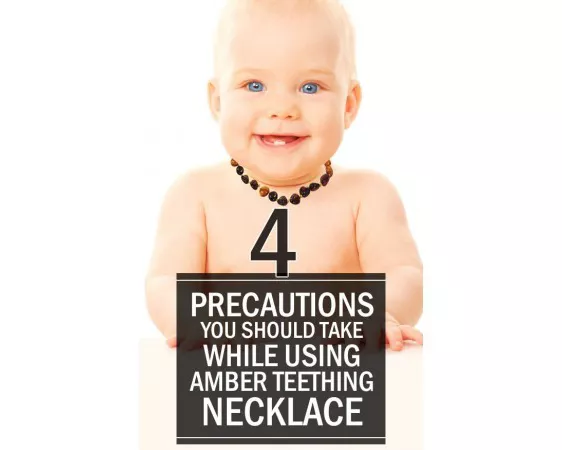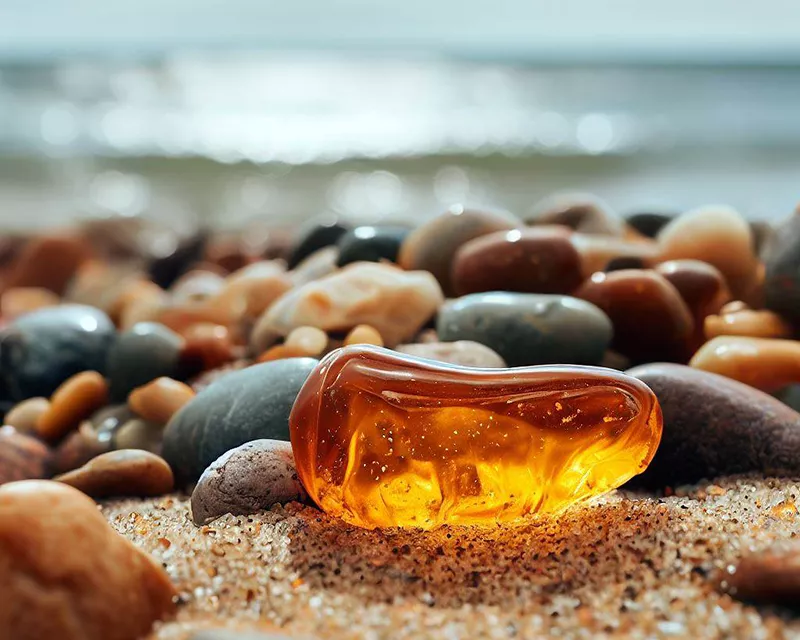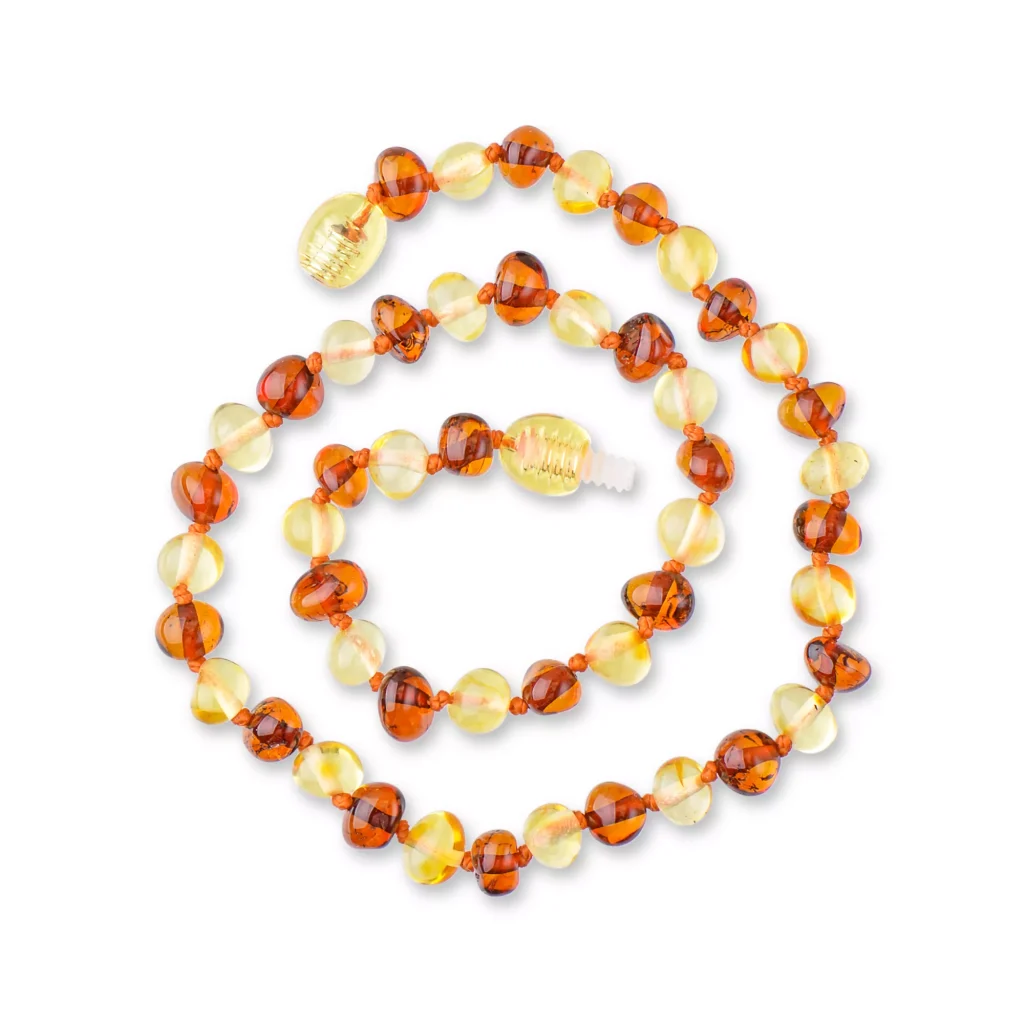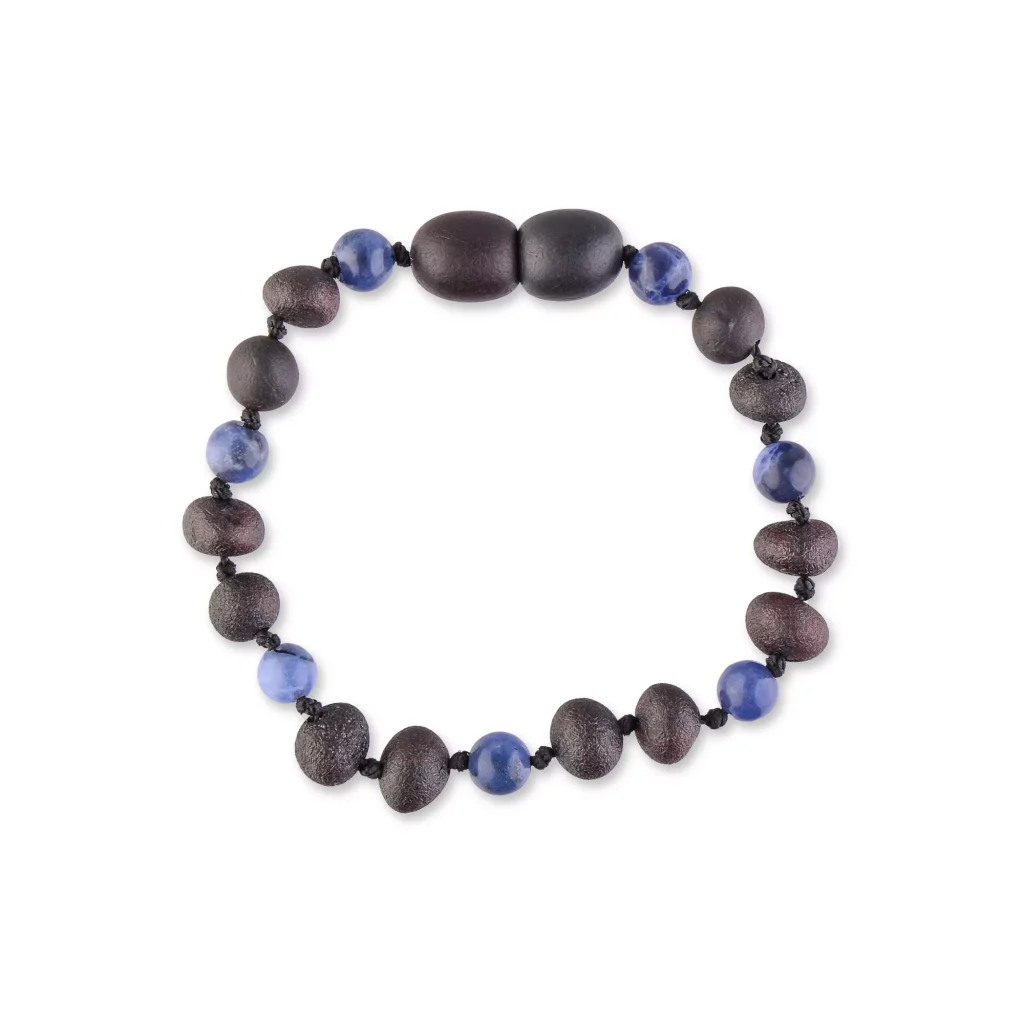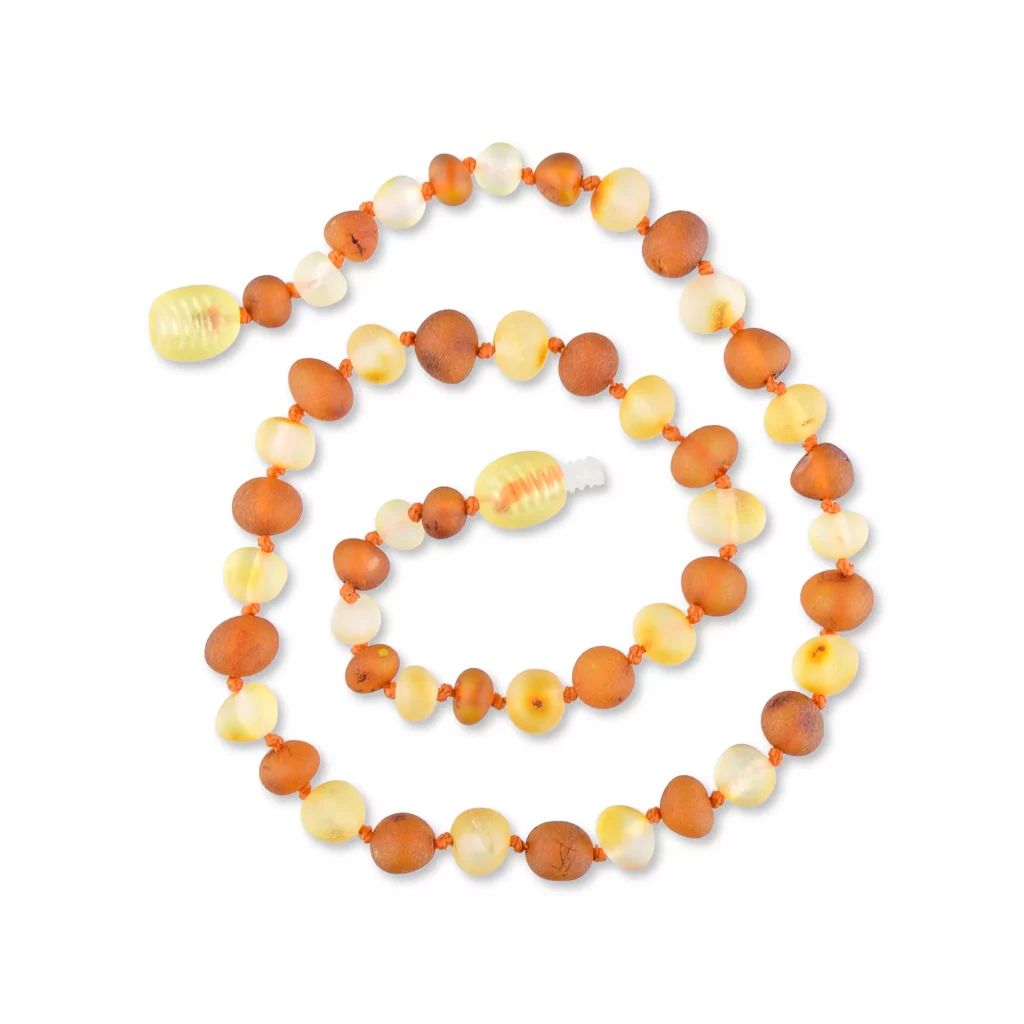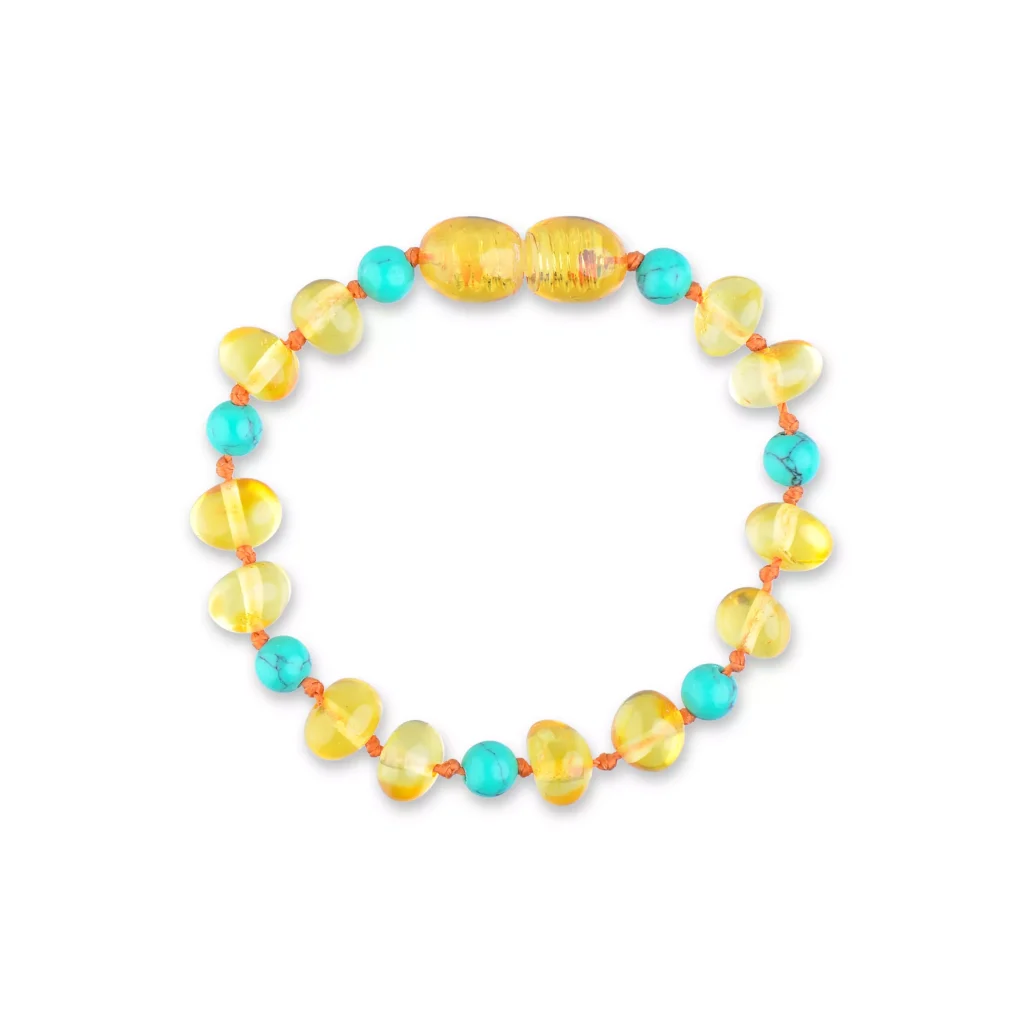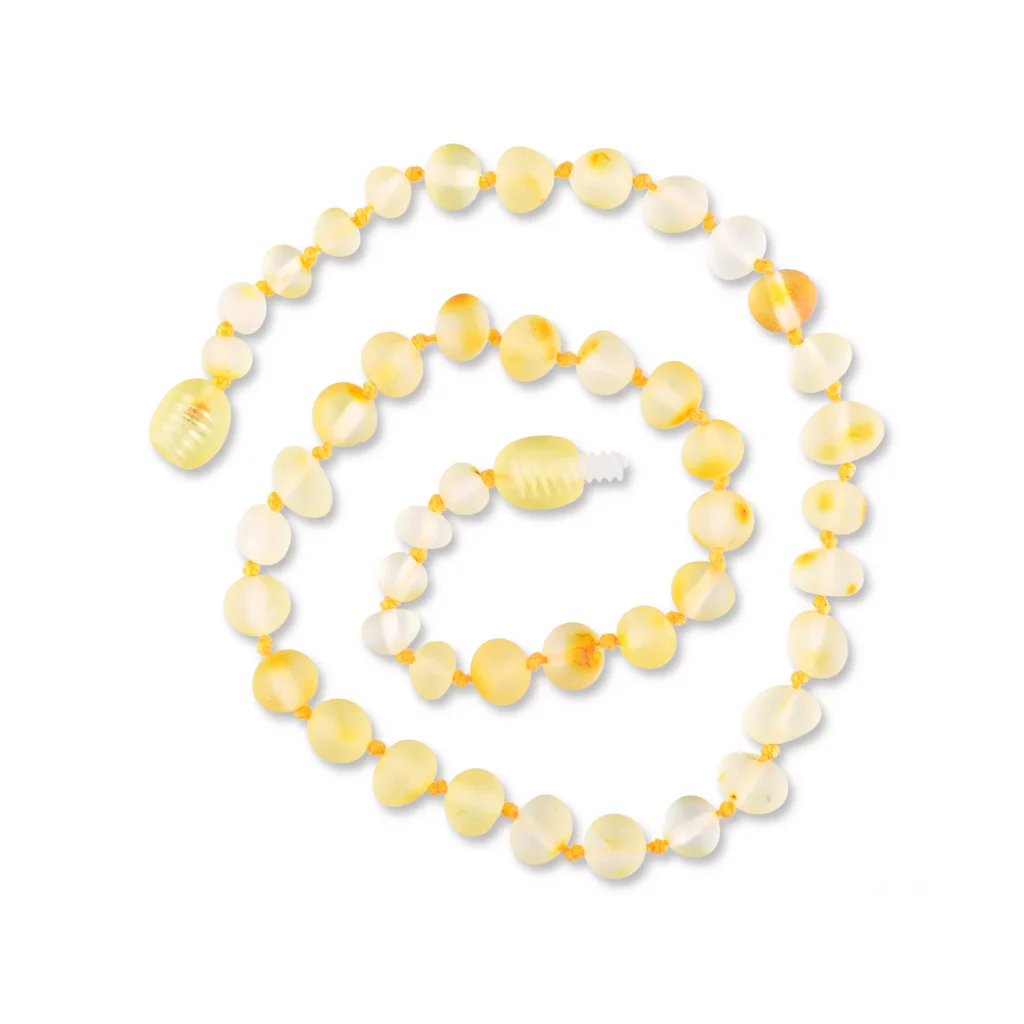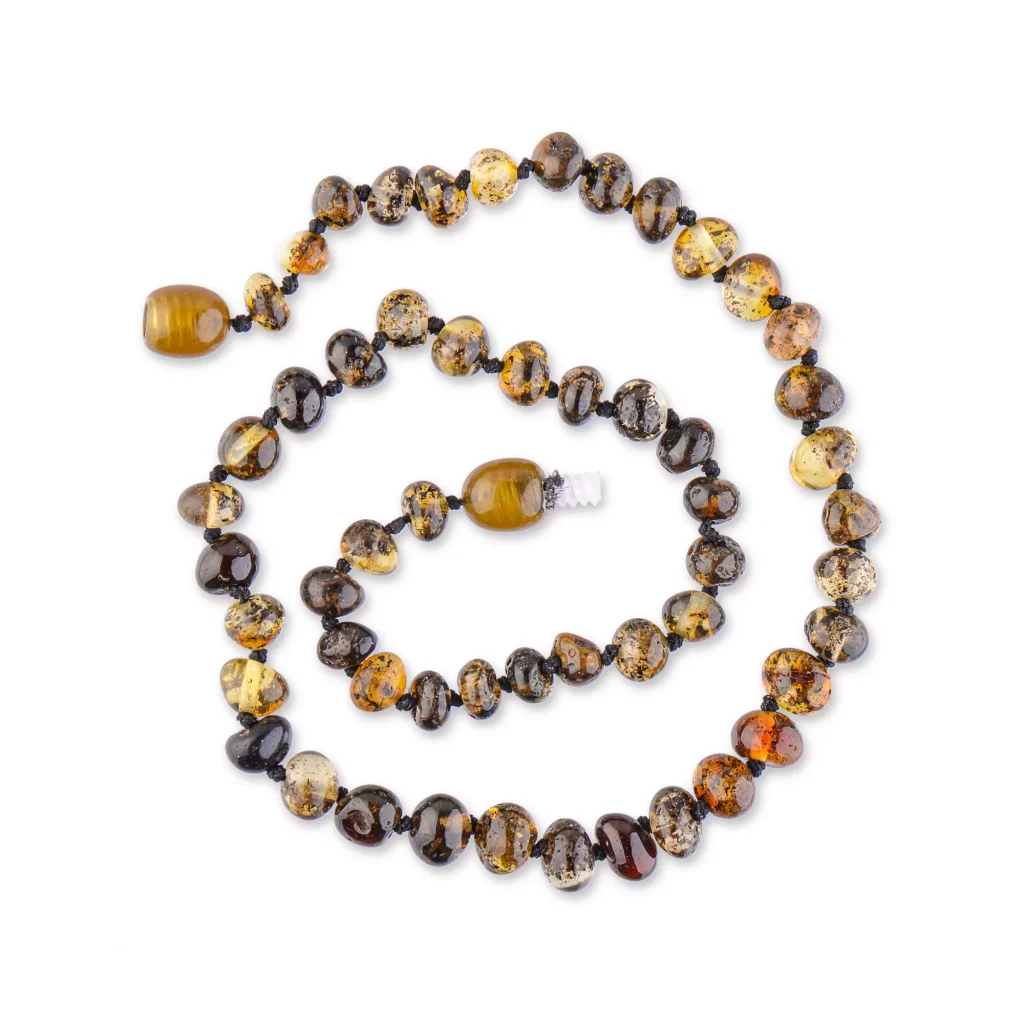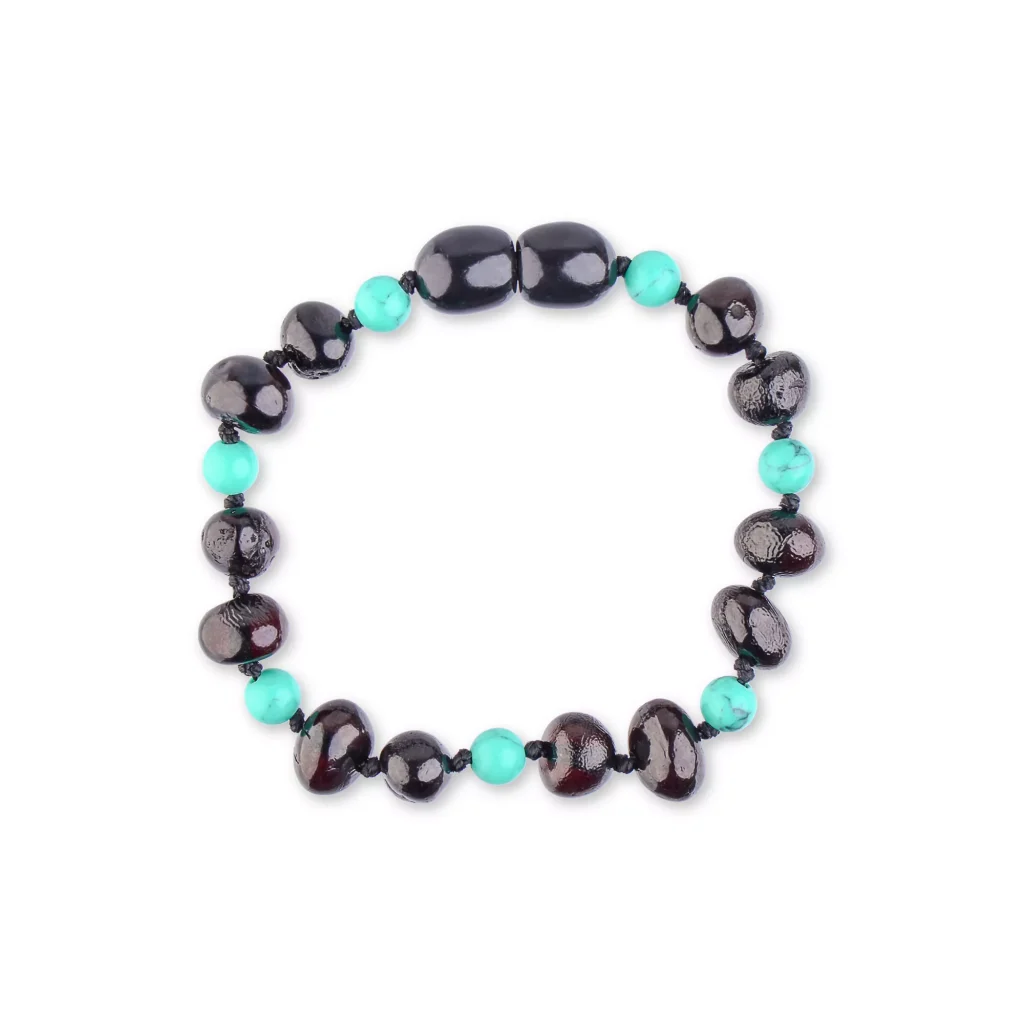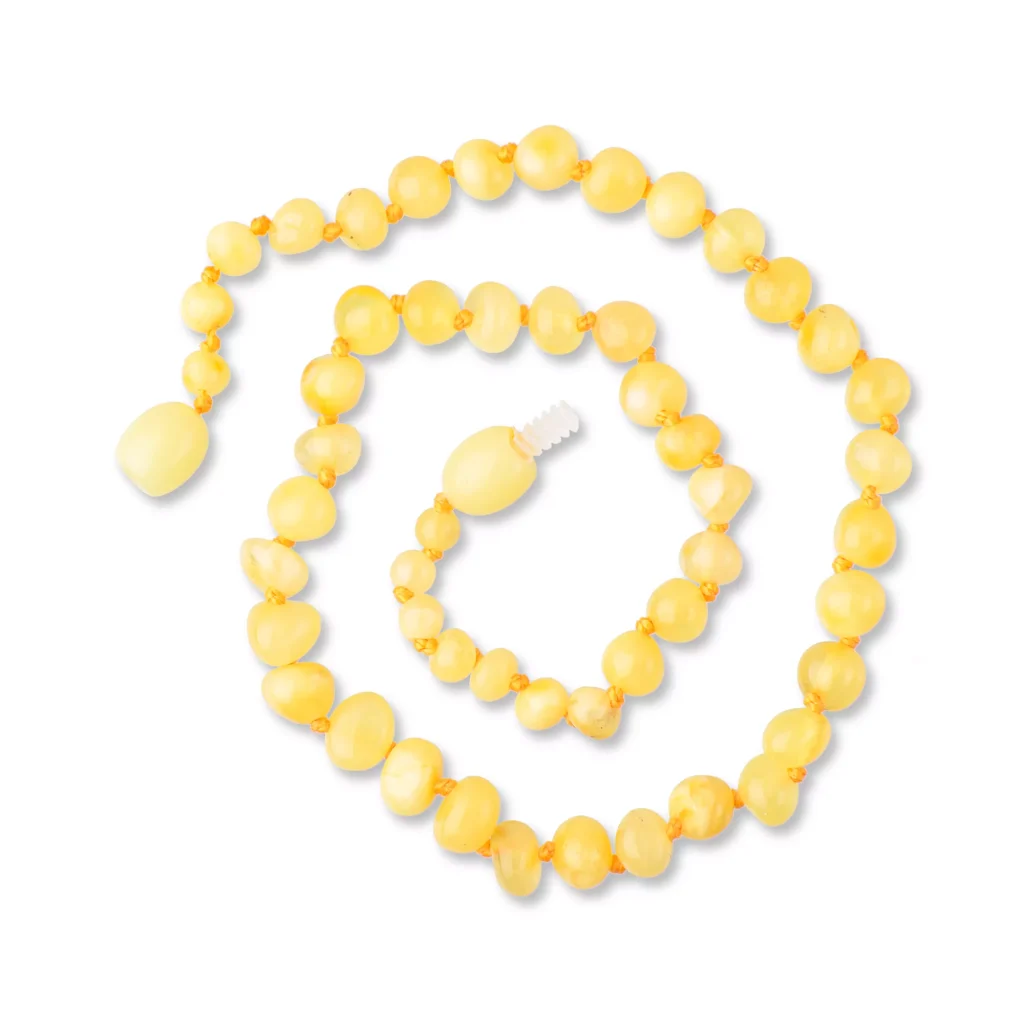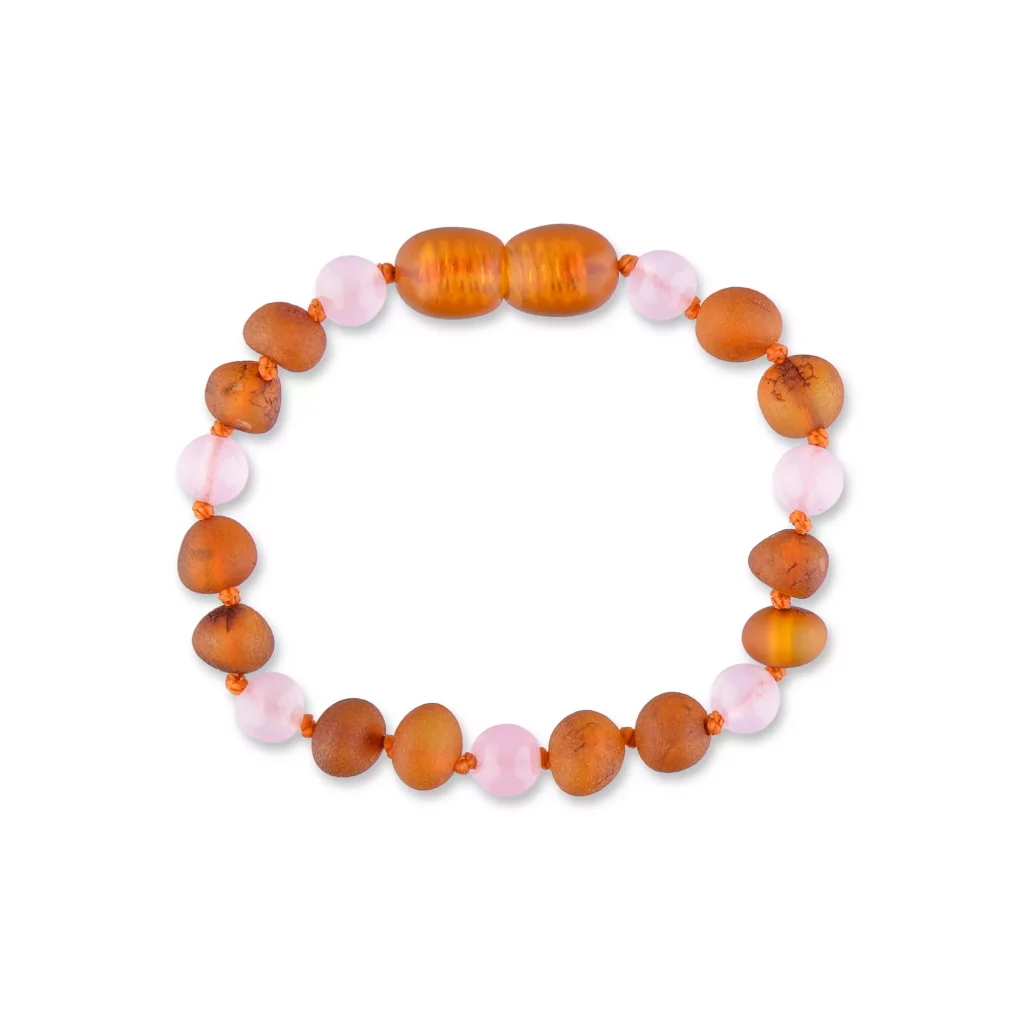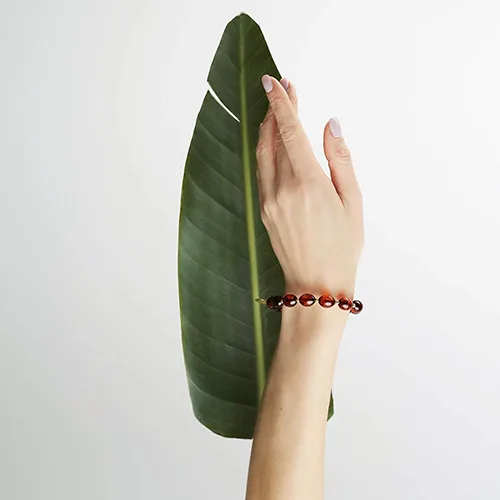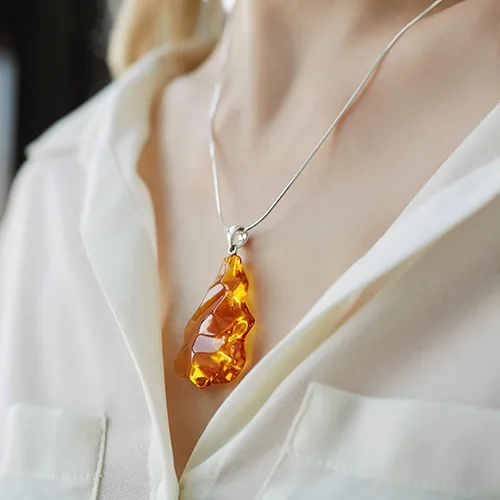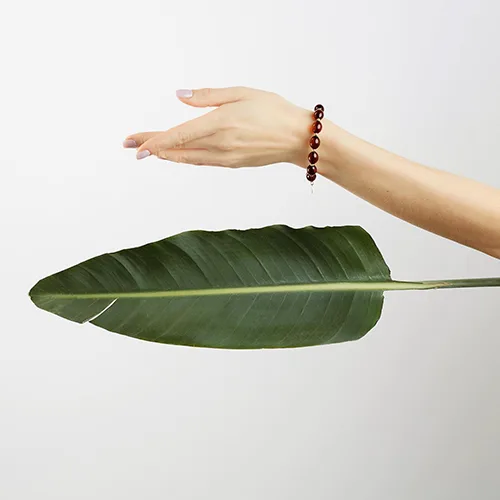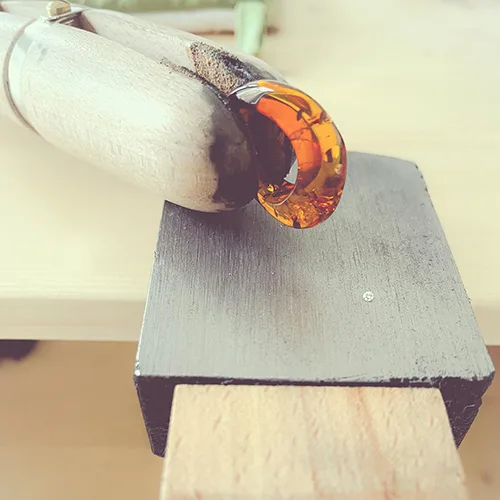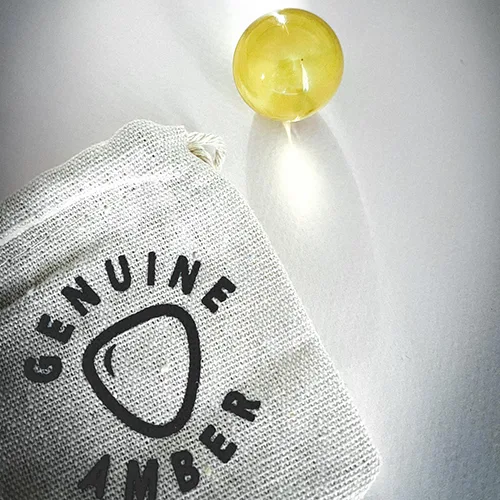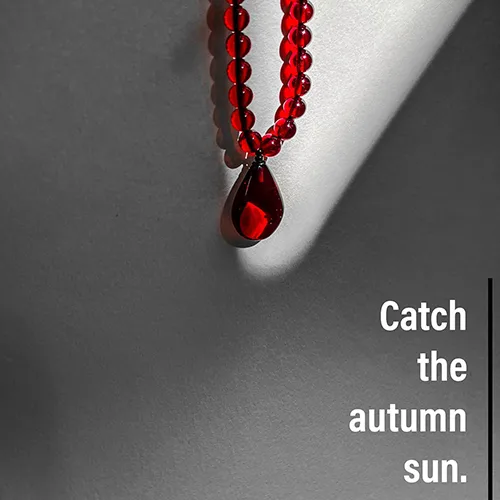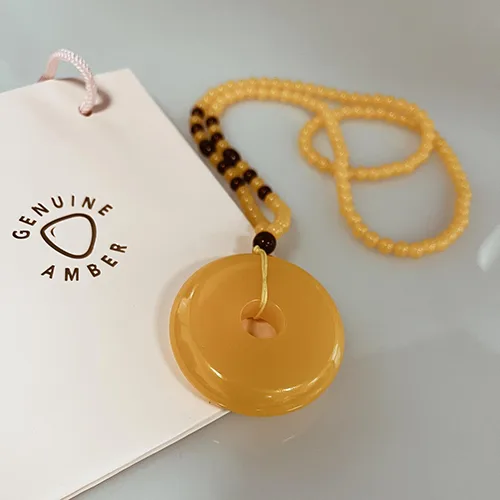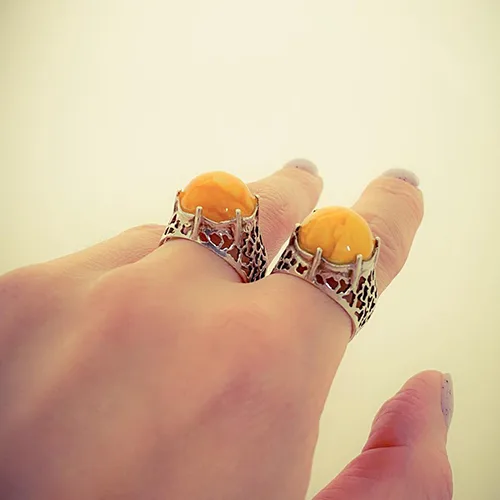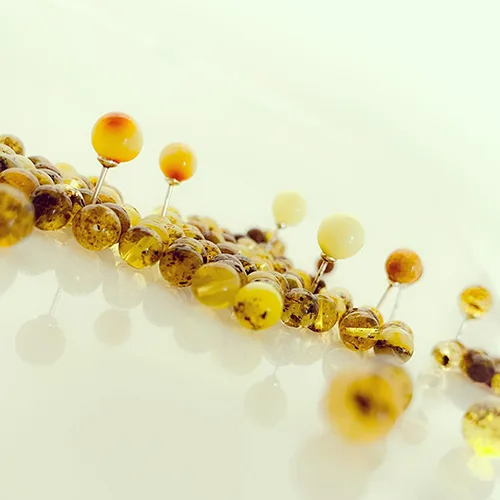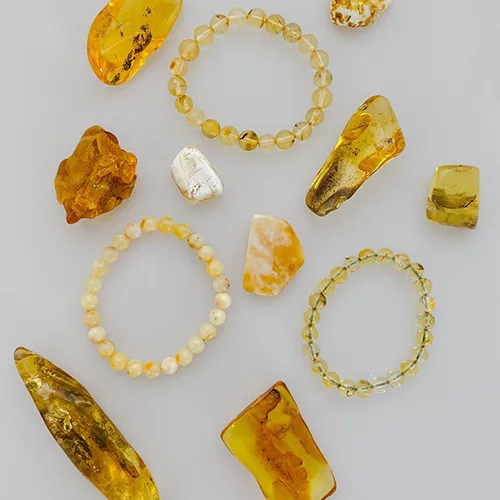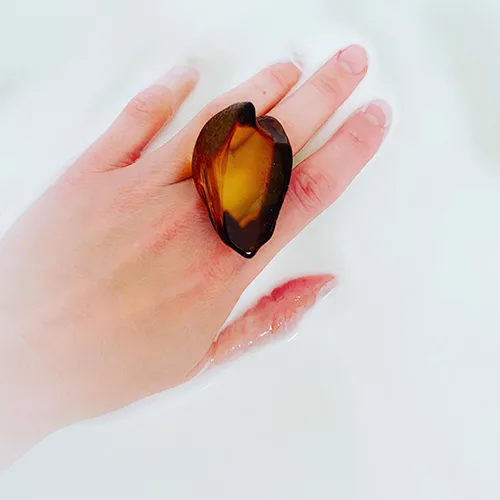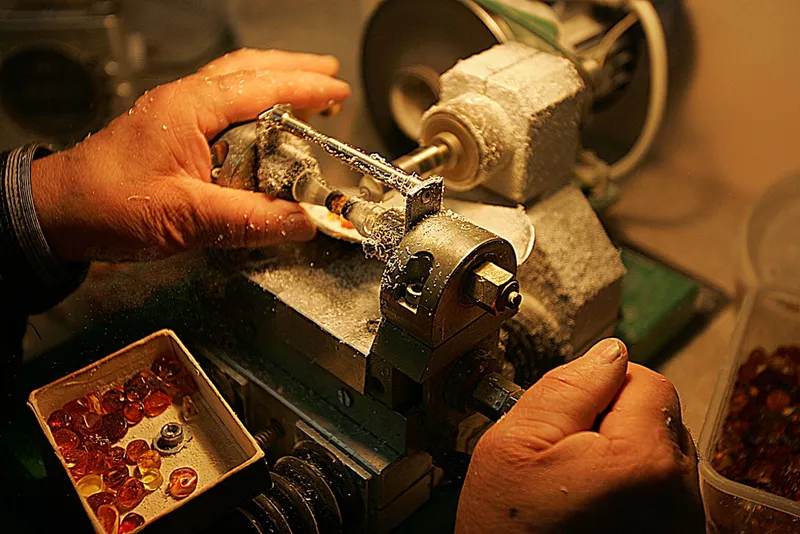
The manufacturing process
Mining and washing
Drops or blocks of Baltic amber are mined from open pits of 40-60 million-year-old glauconite sand. Glauconite is a hydrated potassium-iron silicate mineral and these deposits are called “blue earth” because of their blue-green color. After the surface has been cleared, the blue earth is dug out with steam shovels and dredges. It is poured through grates at a washing plant, where streams of water are used to separate the amber from the sand. In the early twentieth century, up to one million lb (450,000 kg) of amber per year were extracted from the blue earth layer of the Samland Peninsula in the eastern Baltic.

Clarifying and coloring
Large trapped air bubbles result in a foamy or frothy type of amber. Microscopic bubbles result in bony or osseous amber that looks like dried bone. Very cloudy amber is called a bastard. Amber is clarified by heating in rapeseed oil. The oil penetrates bubbles near the surface and reduces the cloudiness, making even bony or bastard amber more transparent. Amber also may be clarified by heating under pressure with nitrogen and then baking in an oven. Clarification darkens the amber and produces disc-like stress marks, called “sun spangles.” Amber may be stained green or reddish.
Cutting and reshaping
For jewelry or carving, amber usually is worked by hand, with a jeweler’s saw and fine-toothed files. It is wet-sanded with 320-grit cloth and finished with a 400- or 600-grit wet-sanding fabric. It can be drilled with dry steel drills, using a low speed and slight pressure, to prevent heating and cracking.
One end of an amber piece may be chipped off to obtain a clear view of inclusions. Amber with inclusions may be cut or reshaped to examine the biological specimen or separate two specimens. Cutting is done with a jeweler’s hand saw or, for larger pieces, with a high-speed trim saw with a diamond blade, at speeds up to 4,200 rpm.
Reshaping is done with various grades of sandpaper. Rough edges from the saw blade may be smoothed with 200- and 400-grit paper, by hand, or with a belt sander equipped with a water cooling system, to remove dust and prevent overheating and fracturing, or glazing.
Polishing
Amber for jewelry is polished with tin oxide or cerium oxide, using a leather buff, Jelt wheel or pad, or chamois board. Periodic polishing with silicone-based wax restores shines and decreases evaporation and surface oxidation.
Making a Jewelry
Because of amber value and fragility, almost all amber jewelry is handmade. After the polishing procedure, the gemstone goes to the amber artists’ hands where the jewelry, carving, or home decoration is born. Each piece of article is exclusive because each piece of Amber is unique.


